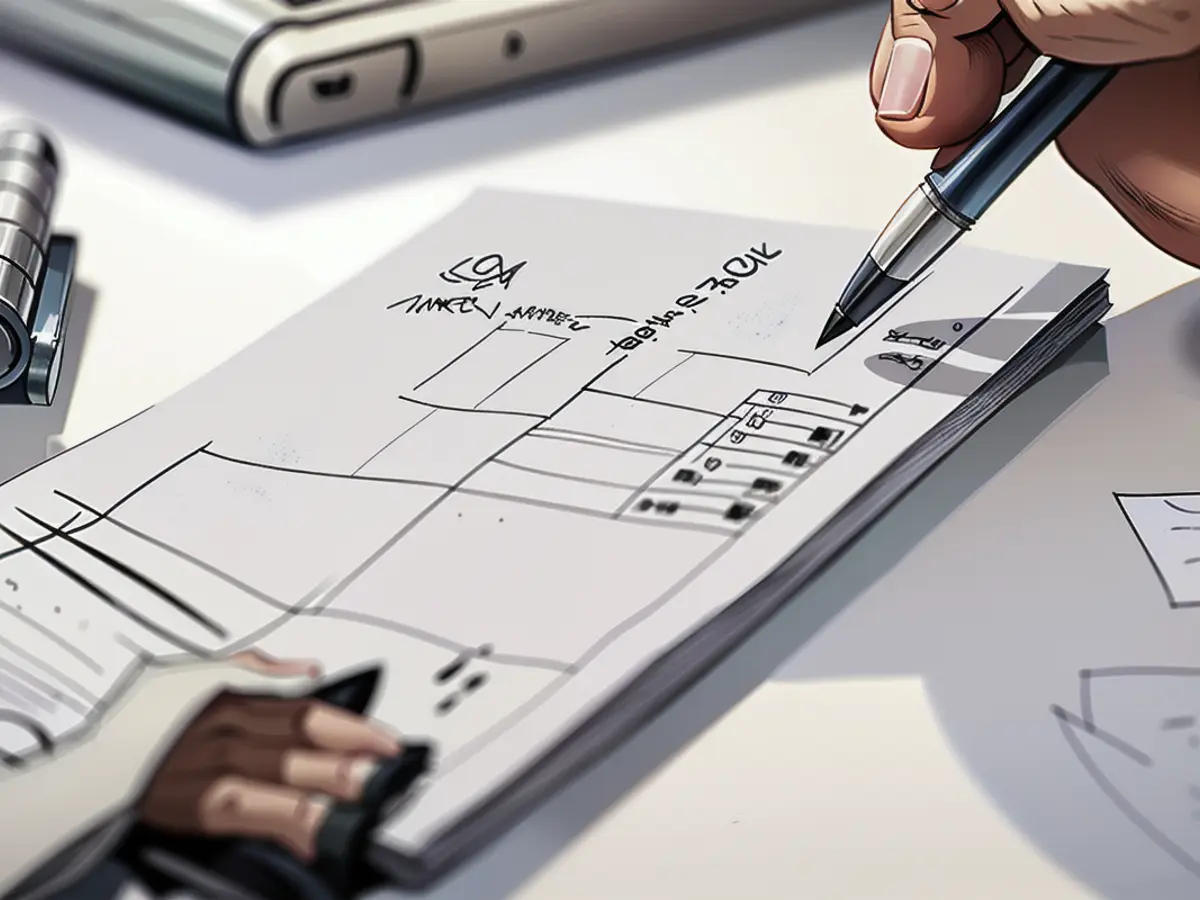Knowing When It's Secure to Reveal Bank Information (and When It Isn't)
Don't worry too much about falling victim to scams; fraud is becoming increasingly common, with losses from various forms of fraud reaching over $10 billion in 2023. Even though the use of paper checks has been decreasing, their value has increased from an average of $673 in 1990 to $2,562 in the present day, making them an appealing target.
Avoiding paper checks doesn't protect you from fraud, either. You might find yourself needing to pay for something online using credit cards or other tools, but sometimes it's more convenient to use an e-check and have money deducted directly from your bank account, or perhaps you're expecting a wire transfer. In these cases, you'll have to provide your bank information, namely the routing number, account number, and wire transfer or SWIFT codes. While it is generally safe to do so, you should exercise caution.
Here's a breakdown of the relevant banking information we're discussing:
- Routing number: A nine-digit code that indicates your specific bank.
- Account number: The number of digits in your account number can vary. It's a unique identifier for a specific account at your bank or financial institution.
- SWIFT code: If you need to send or receive money internationally, you might need a Society for Worldwide Interbank Financial Telecommunication (SWIFT) code. This is a number between eight and eleven digits that identifies your bank.
- ABA number: Also known as a "wire routing number," this nine-digit code is used for transferring funds internationally.
Most of these numbers are fairly easy to find. If you have checks issued by your bank, the routing number is printed on the bottom left, and your account number is usually printed to the right. You can also typically find your bank's routing number and SWIFT and ABA codes by logging into their website, calling them, or simply looking them up online.
As I mentioned earlier, your routing and account numbers are literally printed on your checks. These numbers are used in Automated Clearing House (ACH) transactions to move money between different banks and accounts. This means that anyone who sees your check also sees your ACH information—and with that info, they can commit quite a bit of fraud against your accounts. So when should you be concerned?
Situations where it's safe to share your banking details
It's important to remember that you share your routing and account numbers regularly. You do this whenever you write a check, sign up for direct deposit, or provide your banking info to pay taxes or a utility bill (or sell tickets on StubHub). These details are already out there. Here are a few guidelines for when it's safe to provide them:
- If you're comfortable writing a check, it's generally safe to share your bank details.
- If you know why you're being asked for this information—to set up an account, direct deposit, or pay a bill using ACH to avoid a fee, for instance—it's generally safe.
- If there's a legitimate reason the organization needs this information (e.g., direct deposit) or if you have a strong reason to offer it up (e.g., avoiding a fee when paying with a credit card or PayPal).
If you provide authorization for someone to use ACH to access your bank accounts, you can always revoke that authorization. Additionally, as an individual, you typically have 60 days to report fraud involving your bank account.
When to be cautious
While scammers can cause significant damage to your financial life if they obtain both your routing and account numbers, there are situations when you should think twice before providing them.
- Insecure communication: Always avoid sharing your bank details via email or text requests.
- Supplied links: If you receive a link asking for your bank details, be wary. Instead, go directly to the website of the business or organization where you need to enter your routing and account info.
- Pressure: If someone is pressuring you to use ACH payment instead of your preferred method of payment, such as a credit card, be cautious.
The gist of it: the vital aspect here is your account number. Without it, fraudsters can't perform any malicious acts. They can gather all other information on their own. Hence, withholding your account number reduces your vulnerability. Conversely, if you require wire transfer payments or need to settle a bill through bank transfers, it's usually safe to offer your bank details. However, be cautious when such requests are unexpected or unclear as to why you should provide your bank information.
Read also:
In some scenarios, you might need to share your banking information for wire transfers or settling bills. In such cases, providing your bank's routing number and account number is generally safe, as long as the request is legitimate and expected. However, be cautious if the request is unexpected or unclear, and always avoid sharing your banking details via insecure communication channels like email or text messages.
Nevertheless, it's crucial to ensure that your account number remains secure, as it's the key information that fraudsters need to commit malicious acts. Withholding your account number can reduce your vulnerability to potential financial threats.








